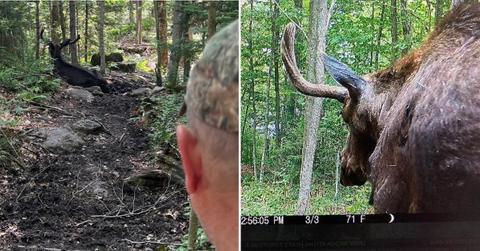
A moose who made headlines for blocking a hike trail had to be euthanized.
Sick Bull Moose Who Closed Down New York Hiking Trail Euthanized
A sick bull moose who made headlines after it caused the closure of a New York hiking trail sadly had to be euthanized earlier this year.
In June, the Department of Environmental Conservation for New York state announced that the Goodman Mountain trail, in the Adirondacks, would close down effective immediately due to the moose's presence on the trail "over an extended period of time." Hikers had first spotted the animal on the trail in May.
The DEC said at the time that this closure was "a precautionary measure to protect public safety and minimize disturbances to the animal."
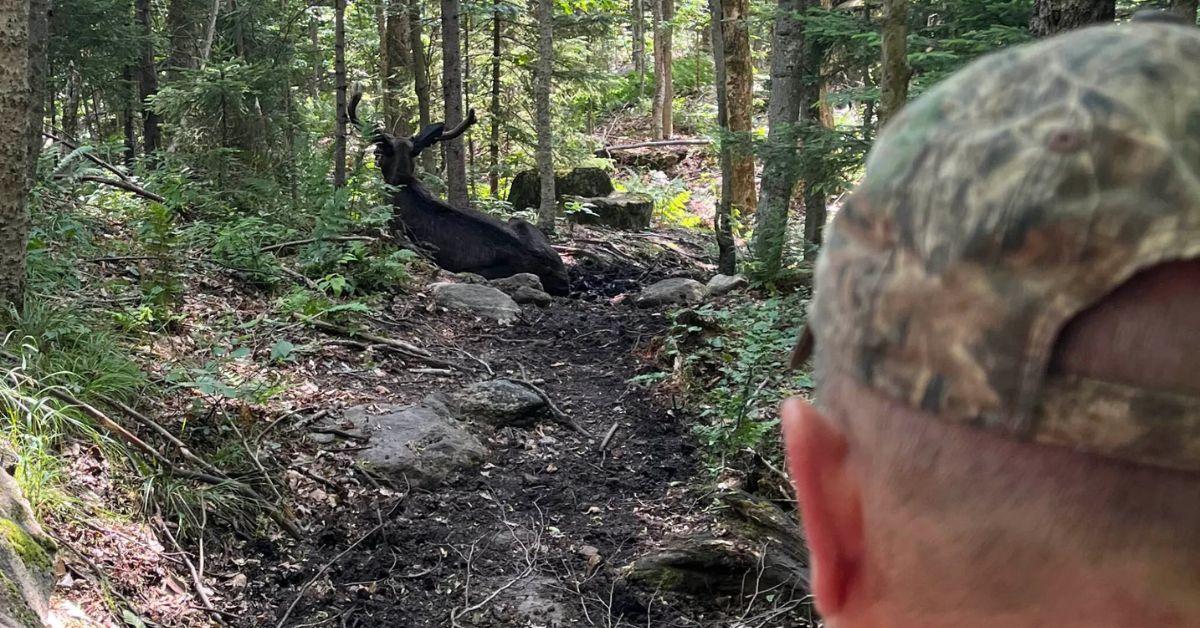
The sick moose was first spotted on the hike trail in May.
DEC wildlife biologist Jim Stickles told Adirondack Explorer, "Adult moose are large, wild animals, and they do not always show fear of people. People often mistake this behavior as the animal being tame, and approach too closely."
Stickles gave hikers the following advice for moose encounters: "If the moose is trying to create space by walking away, then let it. Do not continue to pursue or chase it, and never surround a moose."
There were approximately 600–700 moose in the Adirondack region as of 2018.
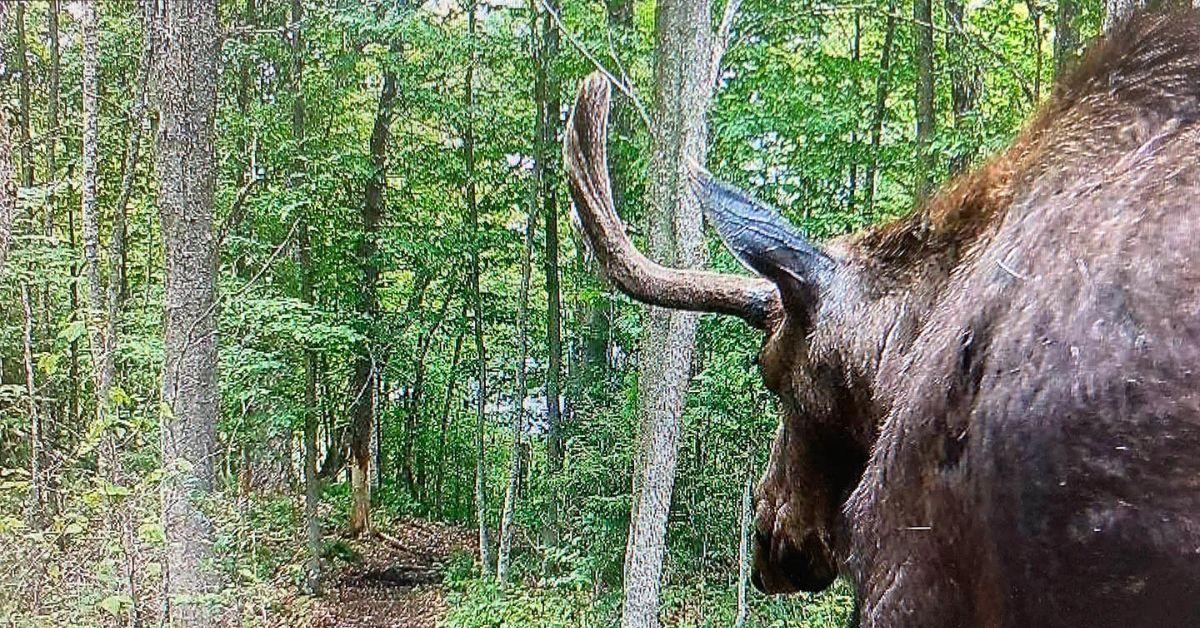
The moose didn't leave the hike trail for months.
The next update on this story was that the poor moose appeared to be sick, though DEC experts weren't clear on what it was suffering from exactly.
When they located the animal on July 10, "It was bedded directly in the middle of the trail," DEC wildlife biologist Paul Jensen told Adirondack Explorer.
"It seemed a little bit oblivious to our presence until we started to really make some noise." This was all deemed unusual behavior, and since the moose hadn't moved, the trail remained closed.
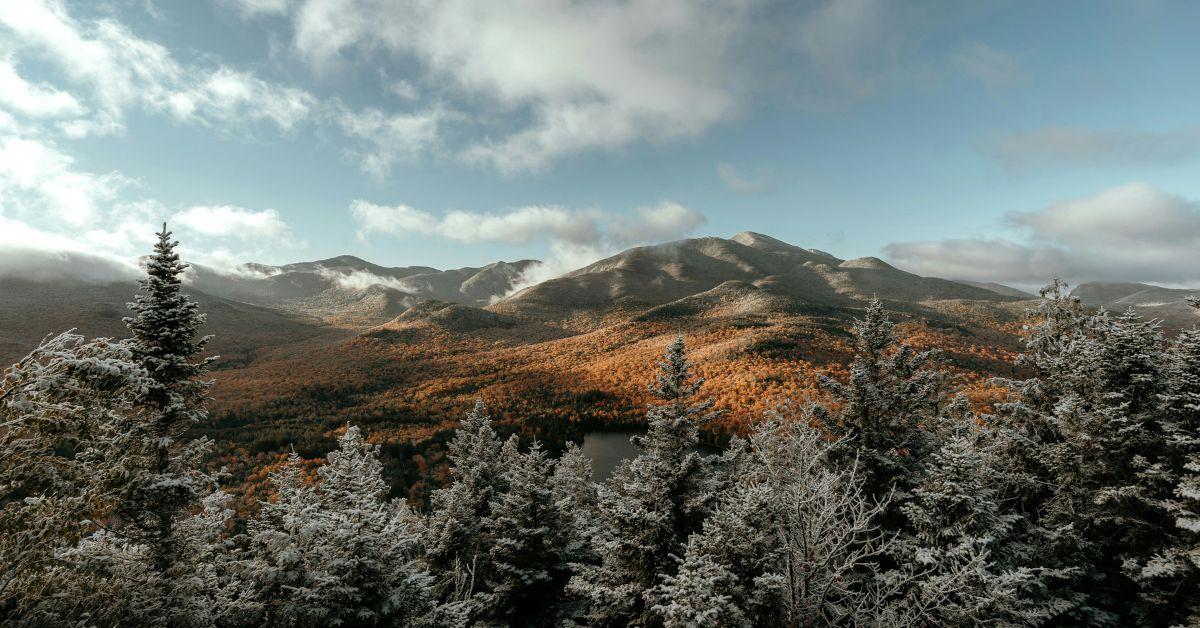
There were an estimated 600–700 moose in the Adirondack mountains as of 2018.
Unfortunately, in August the DEC made the difficult decision to euthanize the moose after a veterinarian "noted a progressive decline in the animal’s body condition and delayed response to human presence," according to Adirondack Explorer.
The moose was severely emaciated by the time the decision was made, with experts finding "euthanasia to be the most humane course of action" at that stage.
The DEC said that "euthanizing a moose, or any animal, is always a last resort and DEC only advances euthanasia when the animal is suffering or presents an immediate public health or safety risk."
When the moose died, experts still didn't know what had caused it to get sick and ordered a necropsy to find out. "Performing a necropsy will help us understand the cause of the decline and give us more information on threats to moose health in New York state," said Cornell Veterinary assistant professor Dr. Jennifer Bloodgood.
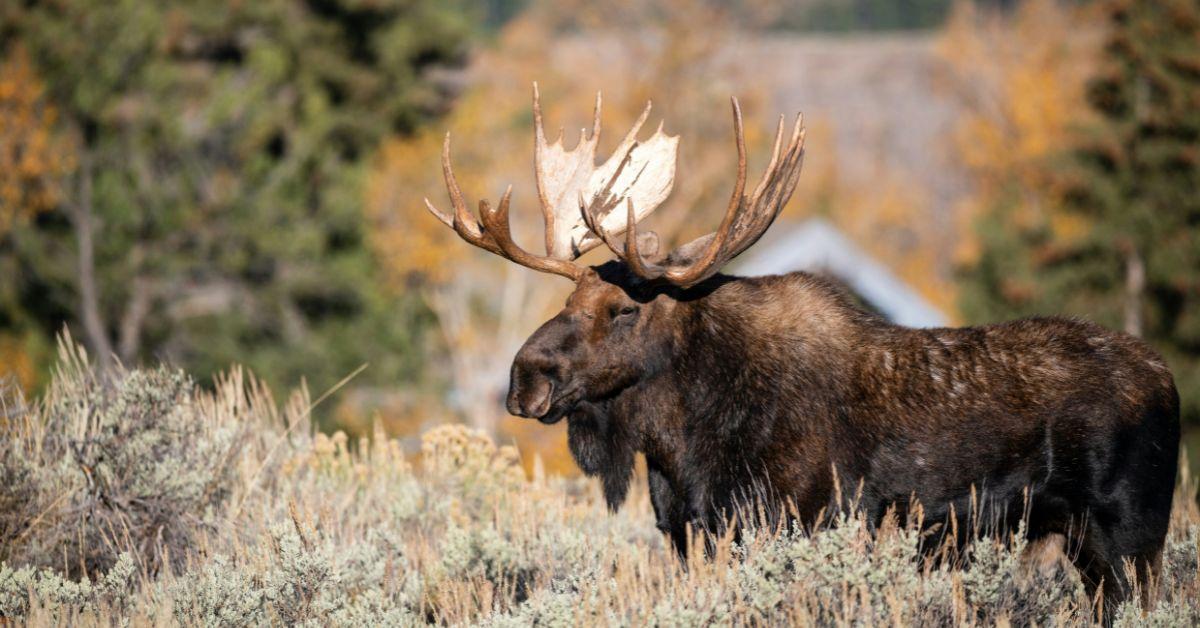
Moose are beautiful but can be very dangerous to humans.
In October, Adirondack Explorer reported that the moose had suffered from a chronic condition that caused its symptoms.
It was found to have lesions on the brain that "likely contributed to the behavior and decline of this moose."
